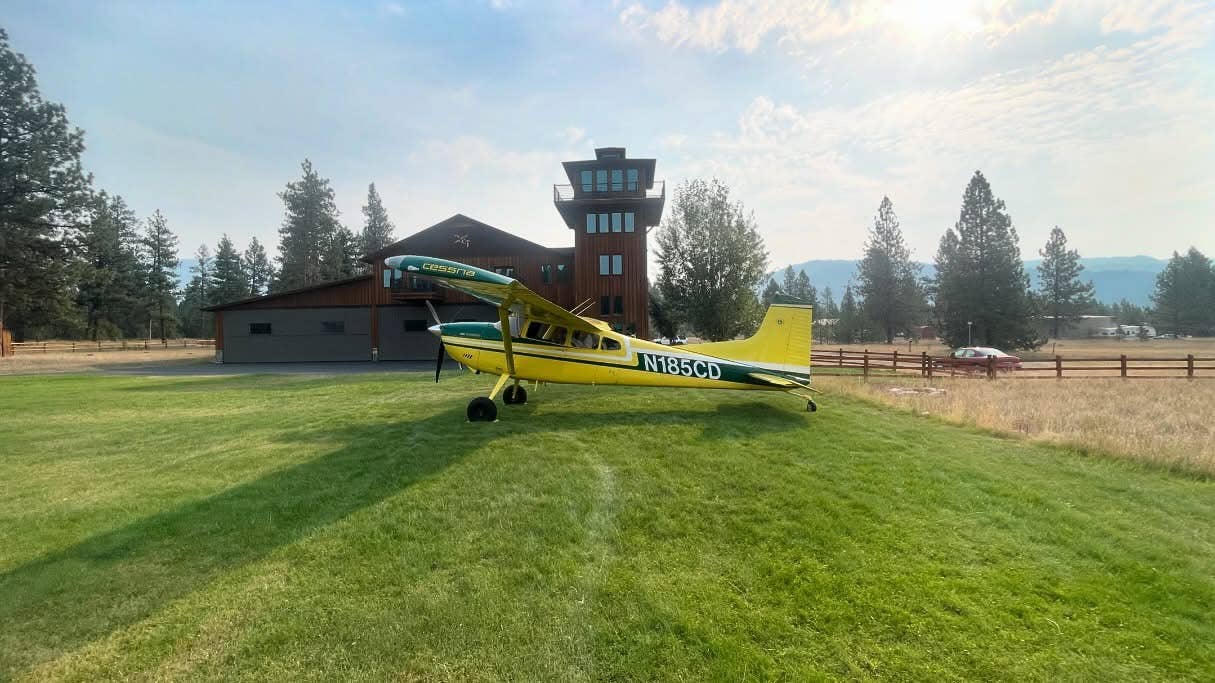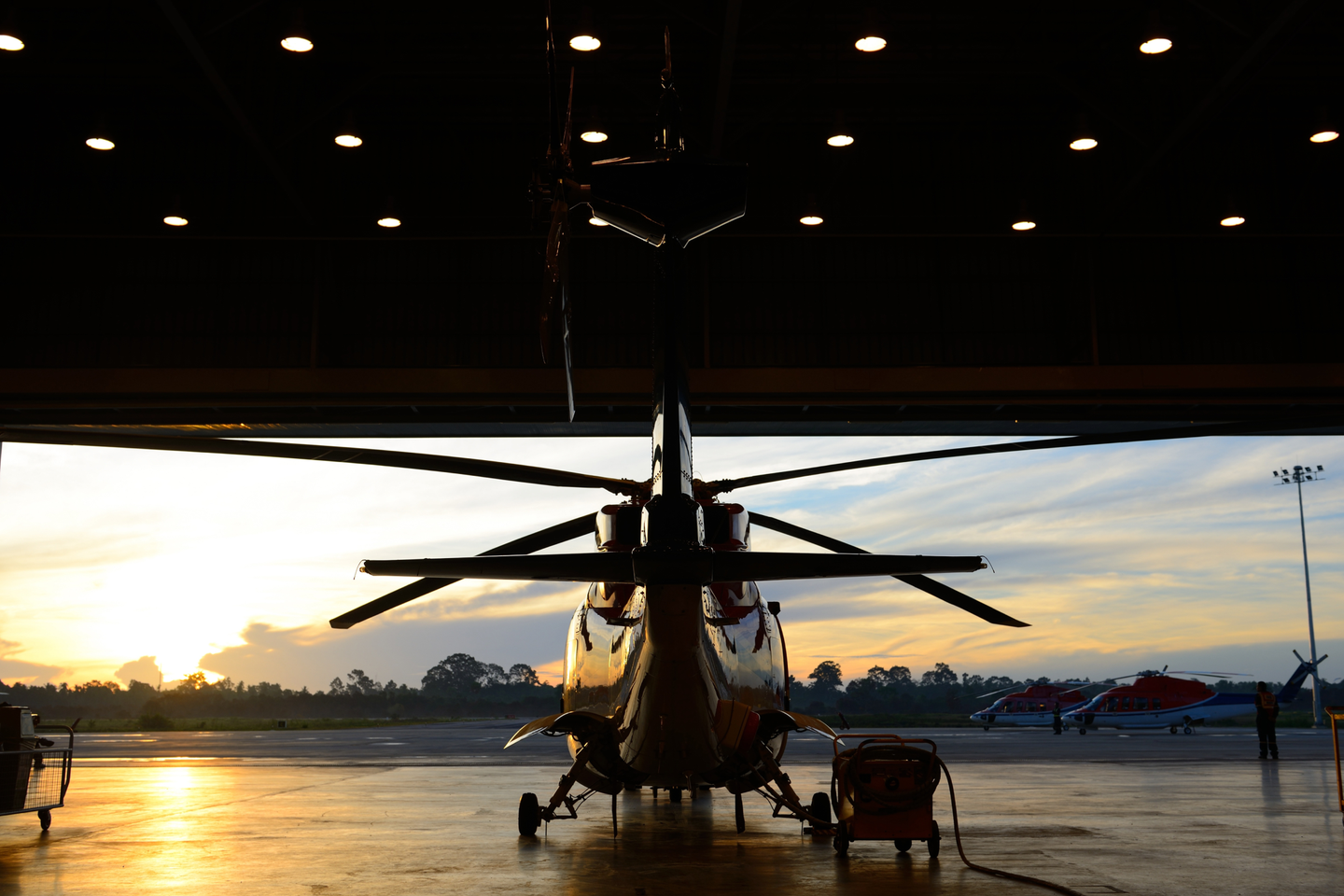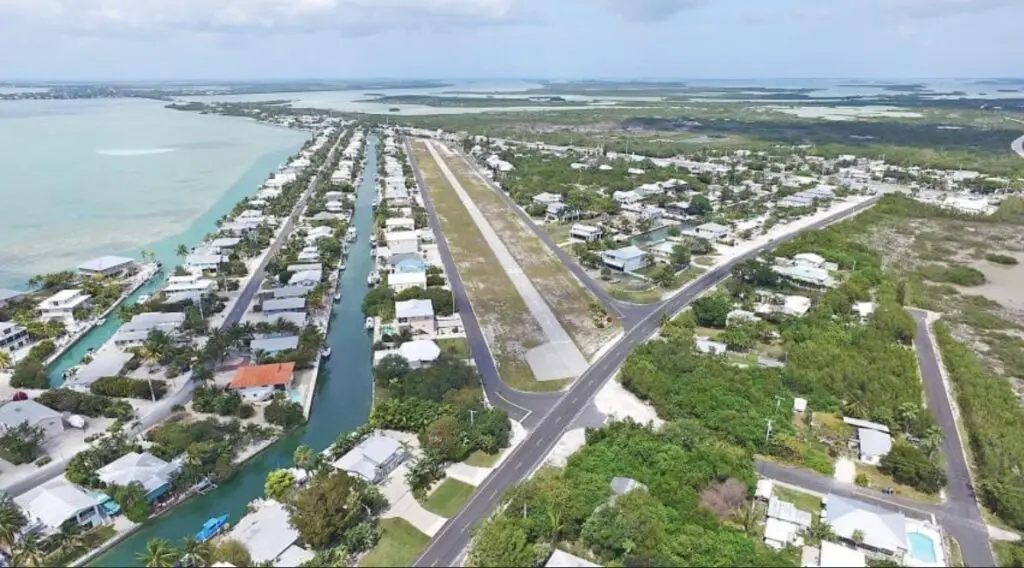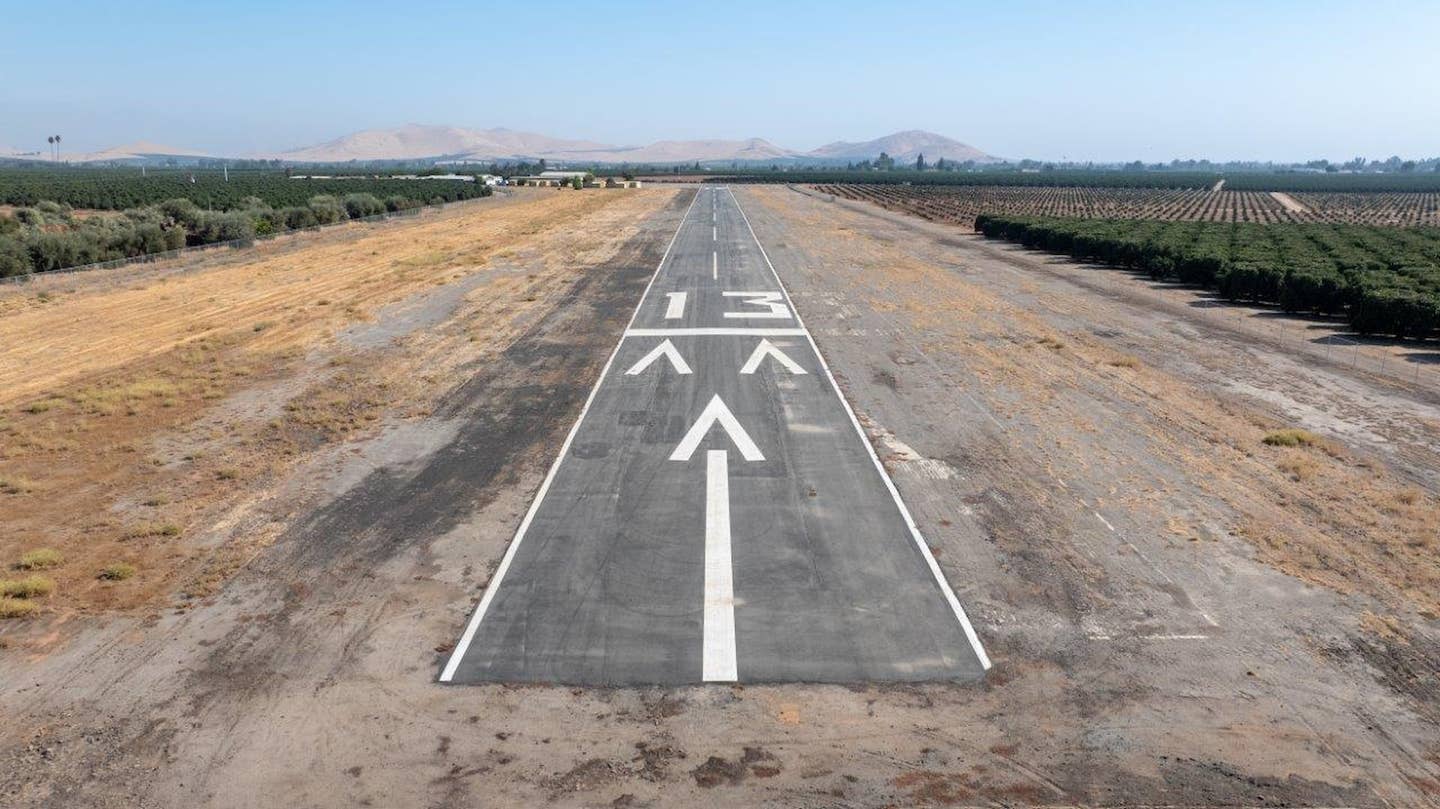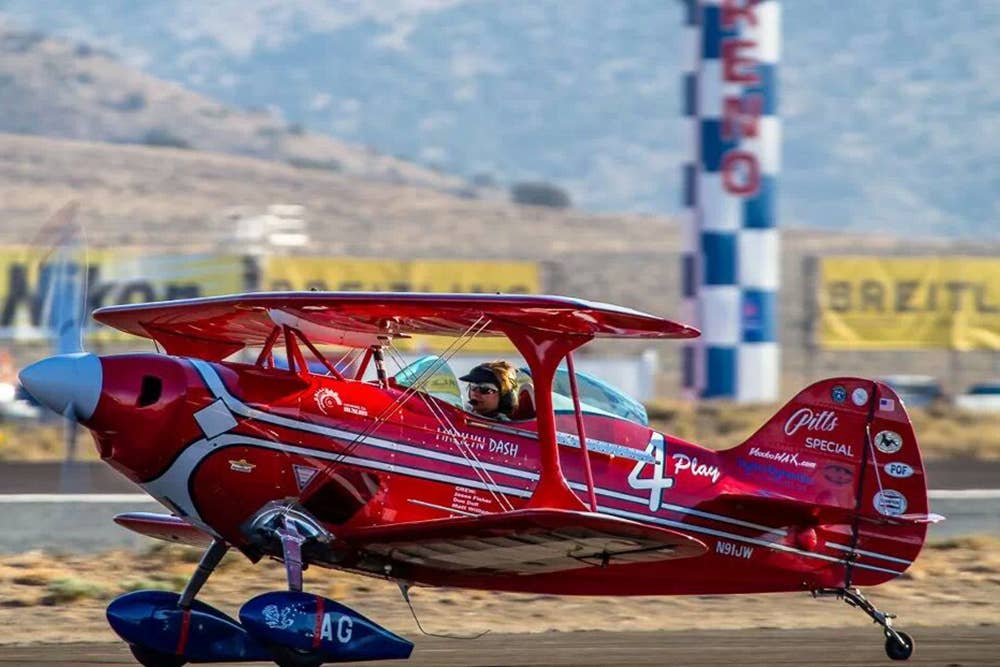
Marilyn Dash’s Pitts Special at the Reno Air Races. [Photo: Rob “Phred” Miller]
Marilyn Dash, a former Reno Air Races competitor, gives herself an interesting title these days.
“I’m what you could call a COVID Realtor,” she said. “I was laid off from my former job, right as the pandemic started… and I started doing real estate courses online,” noted Dash, who now lives in Reno.
Even though she rose through the ranks of competitive flying, Dash has not been a pilot for all of her life.
“I started flying [somewhat] late in life, when I was 37. I was working as a management consultant in the [San Francisco] Bay Area and drove by the Hiller Aviation Museum. They were just starting up the museum and had a sign out that volunteers were wanted.
“I thought it would be fun, so I signed up and got really into it.”
Several years spent volunteering at the museum laid the groundwork for her interest in aviation. The museum’s namesake, Stanley Hiller Jr., kept asking Dash when she would start flight training, so she eventually began her training in 1999.
After taking a field trip to the Reno Air Races, she wound up falling in love with this high adrenaline, low-margin type of flying.
“I ended up buying a Pitts Special, which is an excellent aerobatic plane, and racing in the biplane class,” Dash said. “I started racing in 2003 and the first three years were difficult. After that, I started finding my stride and got the right combination of people working on my crew.
“The first time I went to PRS [Pylon Racing Seminar] in 2003, I was clocked at 143 mph, which was nothing, and was doing 193 mph at my fastest. We did a lot of tweaks to get the airplane to go faster, and it was a lot of work, but also a lot of fun.”
Now, Dash refers to herself as “semi-retired” from air racing, although she’s still heavily involved with the sport. This continued involvement has helped her with her real estate career.
“I’ve been announcing some of the events at the Reno Air Races and when I call people, they take my call,” she said. “I am also lucky enough to know people in airport management, and they turn me on to people who own airstrips and airparks or manage them. Through these avenues, I am able to give them my story about how I am able to help.”
The Bigger Picture
Outside of helping pilots on a property-by-property basis, Dash focuses on attracting the evolving pilot pool locally and around the country to airparks in Nevada. “What would benefit them the most is that we [all airparks in the United States] need exposure. We need more pilots saying, ‘Wait a second, there is a place that I can live and fly?’”
Outside of lack of exposure, another headwind that Dash says airparks fight is that many are not as close to large population centers as other, more typical residential communities. This is a challenge for several local to her airparks in northwestern Nevada. For instance, the closest one to Reno is a 45-minute drive to the city.
Still, Dash said that there’s no better time to move to an airpark than now.
“With the work-from-home trend caused by COVID, it has made airpark living even more convenient,” she said. “With great internet access available from anywhere in the world, people can now really work from anywhere.”
Dash says there are 10 airparks in Nevada. The three closest to her in the Reno area, in no specific order, are:
Dayton Airpark has been the focus for a lot of Dash’s recent efforts. Within the community, there are approximately 30 already-built hangar homes and another 60 to 90 lots available, Existing residents there are close to one another.
“Airparks in general have a camaraderie,” she said. “It’s almost like a hangar party every day. I am very close with many residents at Dayton Airpark. Tuesday nights are taco nights, for example, and they host barbecues as well as other celebrations. There is a real community there; everyone knows each other and cheers each other on.”
Dash noted that there is a 60-acre parcel of land in the middle of the development that is currently for sale. She has been working for several months to market this property to an aviation-minded buyer/developer in the hopes that someone purchases the property and adds more hangar homes. This is one way for the airpark to continue being available for pilots and serving a wholly aviation purpose.
Another airpark in Dash’s area is south of Carson City. Farias Wheel, in Smith Valley, has several homes and lots on the airport. But recently, Dash has seen some of the properties sold to non-pilots. This is disturbing to her, because it diminishes the allure of the runway and puts the airports in danger.
“We need to market these places to pilots, or we will lose these locations. That’s why I’m working so hard to keep these locations alive.”

Sign-up for newsletters & special offers!
Get the latest FLYING stories & special offers delivered directly to your inbox



